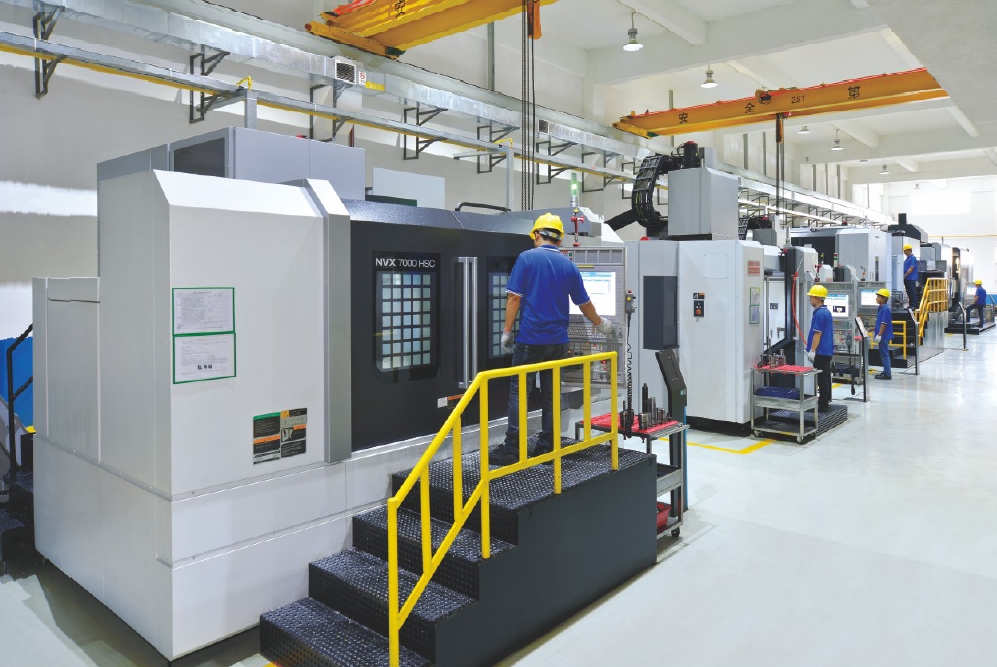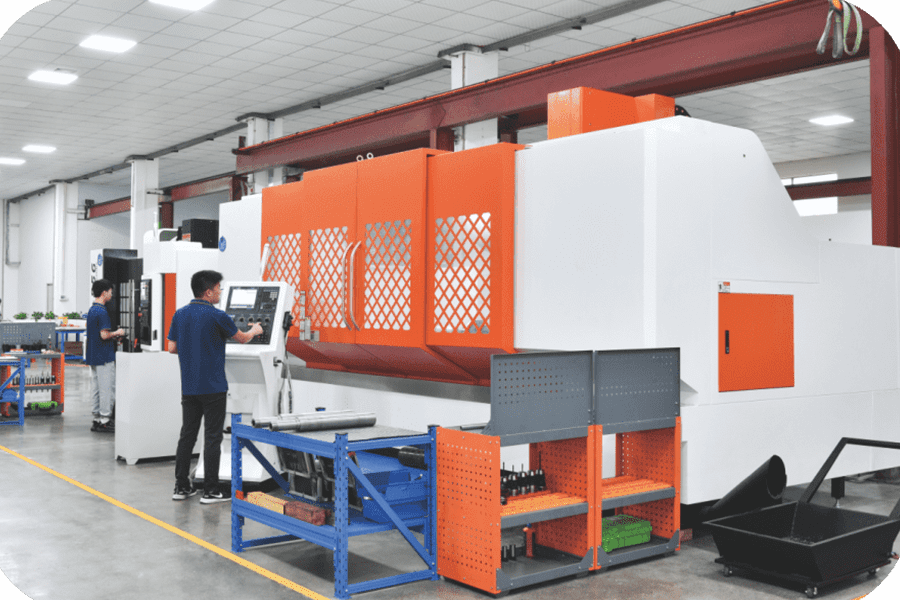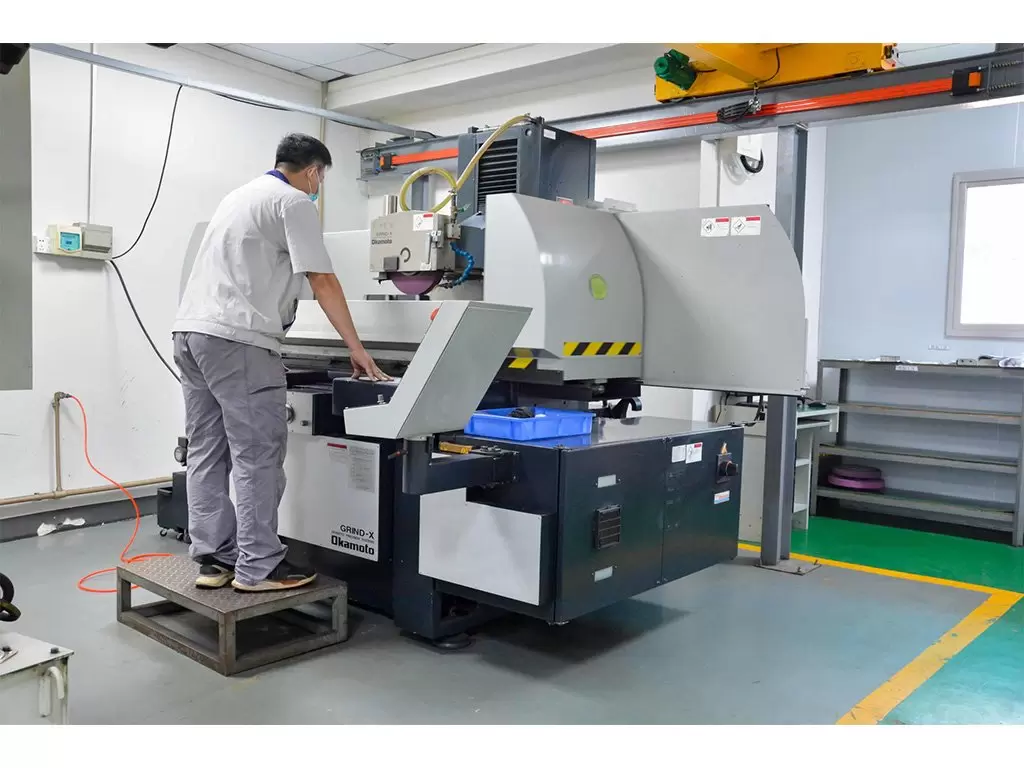A Comprehensive Guide to Plastic Injection Mold Making: From Design to Manufacturing

Summary: The Essentials of Plastic Injection Mold Making
Plastic injection mold making is a crucial process in manufacturing, particularly in sectors like automotive where precision and quality are paramount. This comprehensive guide covers everything from the initial design phase to the final production, emphasizing the importance of careful planning, material selection, and advanced machining techniques such as CNC and EDM. Choosing high-quality molds is vital for enhanced efficiency, consistent product quality, and long-term cost savings. Key factors include optimizing design for simplicity and cooling, maintaining strict quality control, and partnering with an experienced manufacturer like V1plastic. Proper attention to these details ensures reliable, durable molds that streamline production and meet the rigorous standards of competitive industries.
Plastic Injection Part Design: Key Steps to Prepare for Manufacturing Success

This article provides a comprehensive guide to preparing plastic injection part designs for manufacturing. It covers key aspects of the design process, including part geometry, material selection, and tooling design. The article emphasizes the importance of understanding the capabilities of injection molding machines and support machinery to ensure smooth production. It also highlights strategies for cost control, such as minimizing material waste, optimizing cycle time, and utilizing efficient tooling. The final section focuses on the preparation steps needed before moving into full-scale production, including design validation, prototype testing, and finalizing tooling. Throughout the guide, V1plastic’s expertise in optimizing design and manufacturing processes is showcased. The article concludes with a call to action, encouraging readers to contact V1plastic for professional assistance with injection molding projects.
How Mold Flow Analysis Elevates Plastic Injection Mold Tool Design for Automotive Applications

Mold flow analysis (MFA) is a crucial tool in plastic injection molding, particularly in the automotive industry, where precision and durability are key. This technology simulates the flow of plastic within a mold, helping manufacturers optimize designs, minimize defects, and reduce production costs. By providing insights into material behavior, mold flow analysis ensures that automotive parts meet stringent performance standards, including strength, dimensional accuracy, and heat resistance. V1plastic integrates mold flow analysis to streamline design processes, reduce cycle times, and enhance part quality, making it a trusted partner for automotive manufacturers seeking reliable and high-performance components. The article highlights the benefits, challenges, and real-world applications of mold flow analysis, showcasing how it contributes to more efficient and cost-effective injection molding for the automotive sector.
Common Challenges in CNC Turning Programming and How to Overcome Them

CNC turning programming is essential for modern manufacturing, but it comes with a set of challenges that can impact production efficiency and part quality. This article explores common obstacles such as tool selection, optimizing feed rates and speeds, managing tool wear, handling complex geometries, and reducing machine downtime. Practical solutions include using advanced CNC turning programming software for simulations, selecting appropriate tools, regularly monitoring tool conditions, and adopting statistical process control (SPC) for quality assurance. By mastering these strategies, manufacturers can reduce errors, improve part quality, and enhance overall productivity.
Injection Molding Applications and Material Selection Across Industries

Injection molding is an essential manufacturing technique widely used in industries like automotive, consumer electronics, and medical due to its efficiency, precision, and versatility. This article discusses how injection molding supports high-volume production and diverse material selection, from durable thermoplastics to biocompatible polymers, to meet the specific needs of each industry. In the automotive industry, for example, it enables the creation of lightweight parts like dashboards and engine covers that enhance vehicle performance and fuel efficiency. The medical sector benefits from injection molding in producing sterile, biocompatible parts such as syringes and implants, while consumer electronics leverage this process for durable device housings and intricate internal components. The continued demand for cost-effective, high-performance, and sustainable solutions positions injection molding as a vital driver in modern manufacturing.
Unlocking the Power of Injection Molding and Mold Tooling: A Practical Look at Types of Molds and Their Benefits

This article provides a detailed introduction to injection molding and mold tools, as well as the impact of different **mold types** on production. In injection molding, mold tools are precisely designed and assembled to shape plastic into a shape to ensure that the product meets high quality standards. The article discusses common mold types, including family molds, single-cavity and multi-cavity molds, two-plate molds, three-plate molds, stack molds, rotational molds, insert molds, and multi-color molds. Each mold type plays a different role in production and is suitable for various needs, such as simultaneous multi-part production, efficient production, large-scale production, or precision manufacturing of complex shapes.
In addition, the article introduces the importance of mold tool material selection, such as steel, aluminum, stainless steel, and beryllium copper, which directly affects the durability and production efficiency of the mold. The article concludes with an analysis of common injection molding defects and how to prevent defects by optimizing mold tools, such as preventing flash, deformation, and shortening cooling time. Overall, injection molding relies on high-quality mold tools to ensure efficient production and meet industry standards.
Advantages and Applications of Injection Molding Simulation Software: The Best Choice for Enhancing Efficiency and Reducing Costs

Injection molding, enhanced by simulation software, has revolutionized manufacturing by enabling precise mold design and optimizing production processes. This technology helps manufacturers predict outcomes, detect potential issues, and reduce costs by minimizing waste and rework. Leading software like Moldflow, Moldex3D, and Simpoe Mold allows engineers to simulate filling, packing, and cooling stages, refining each aspect of the process. The future of injection molding lies in AI and predictive analytics, which enhance simulation capabilities, making it a vital tool for staying competitive.
Best Practices in Injection Mold Design and Tooling for Success
The success of your injection molding process boils down to your injection mold design and tooling. By paying attention to the details, such as mold components, material choices, cooling efficiency, and part quality, you can improve production efficiency, reduce costs, and ensure your molds last longer.
Ultimately, focusing on the right injection mold tooling can help you achieve better consistency in part production, fewer defects, and faster cycle times. When you get the design and tooling right, it sets you up for a more efficient and cost-effective injection molding operation
Plastic Injection Mould Tool Design Essentials for Manufacturing Excellence
Effective Plastic injection Mould Tool Design is vital for producing high-quality plastic parts in an increasingly competitive market, projected to reach $294 billion by 2025. Key elements include optimizing parting lines, cooling systems, and gating designs, as well as selecting durable materials like P20 and H13 steel. Utilizing advanced design software and mould flow analysis can streamline the process, while 3D printing enhances prototyping speed.
Cost control strategies focus on reducing cycle times and scrap rates. Additionally, trends such as smart moulds, sustainable materials, and increased automation are shaping the future of mould design. Staying informed about these developments is essential for maintaining a competitive edge in plastic manufacturing.
Discovering Top Injection Molding Machine Parts and Manufacturers in China
When it comes to manufacturing, injection molding machine parts are key to making everything run smoothly. China is home to some top-notch injection molding machine manufacturers, and V1plastic is among the best, known for its quality and innovation. In this blog, we’ll explore the essential components of injection molding machines, highlight some of the leading manufacturers in China, and share tips on how to find reliable suppliers.
